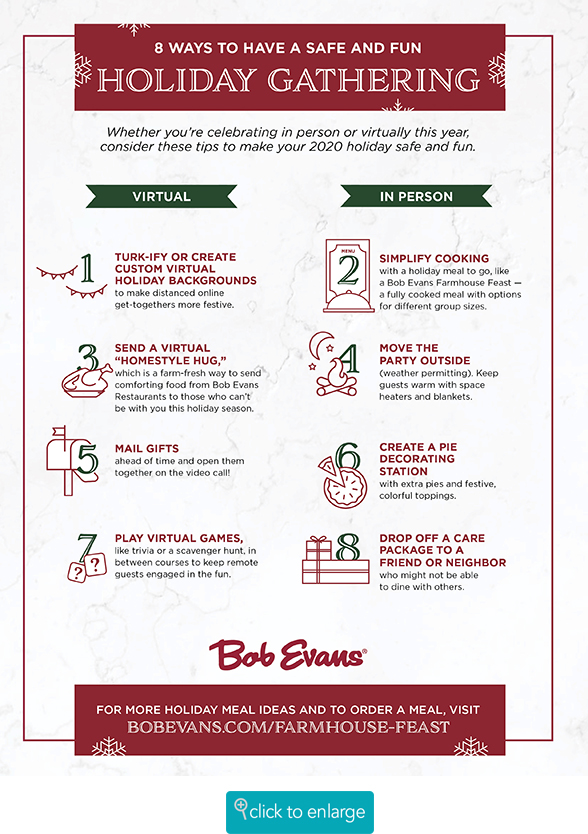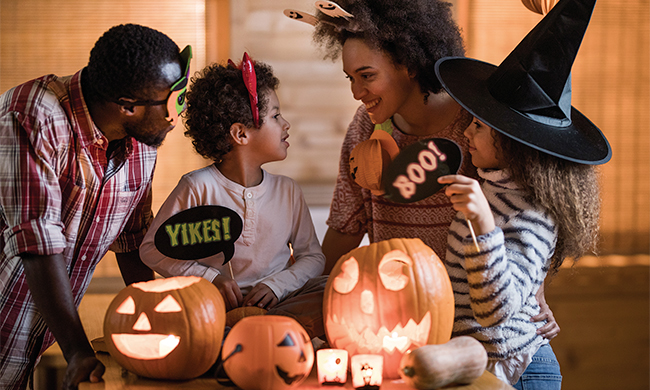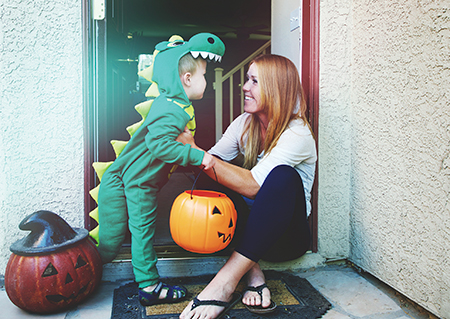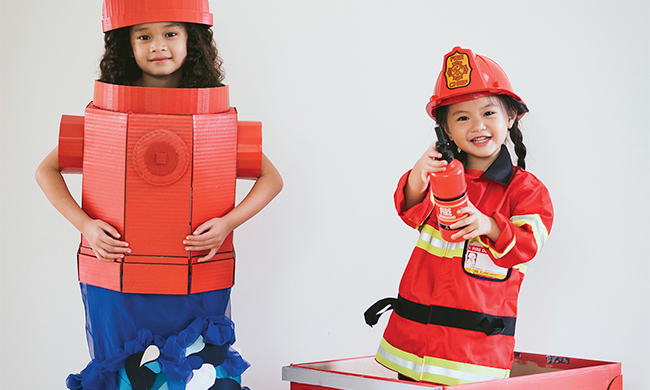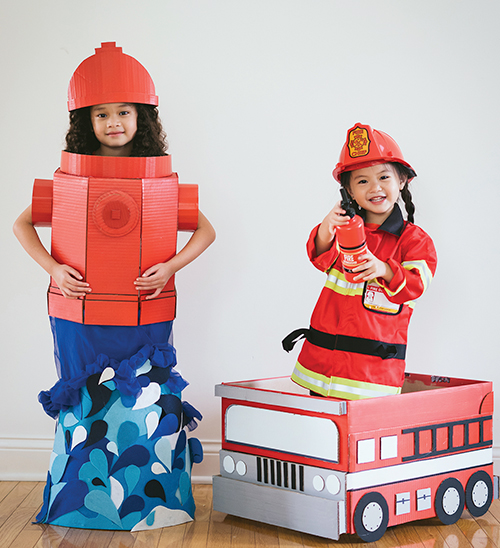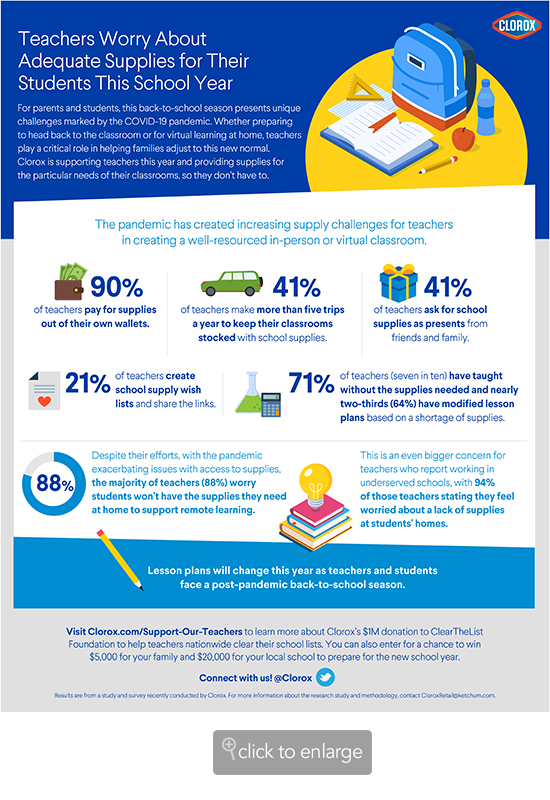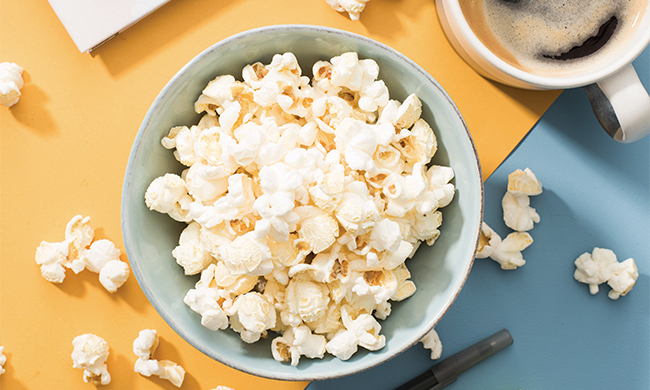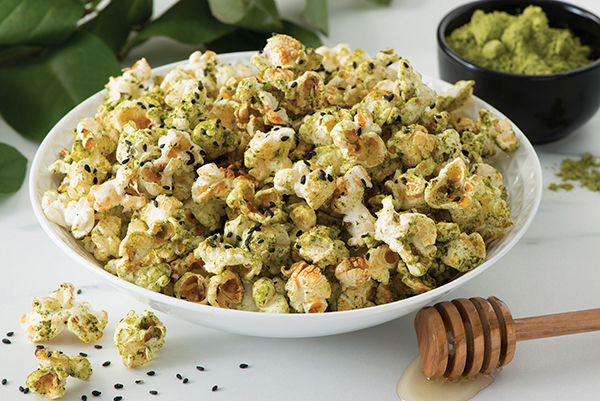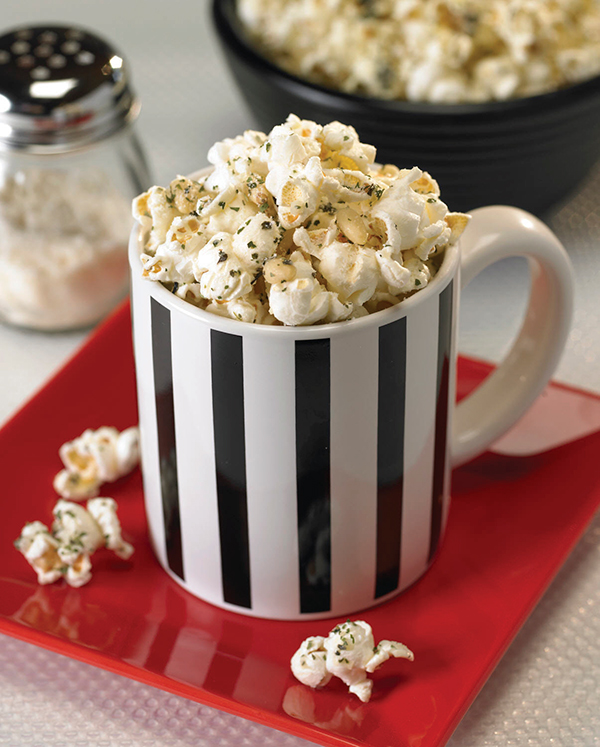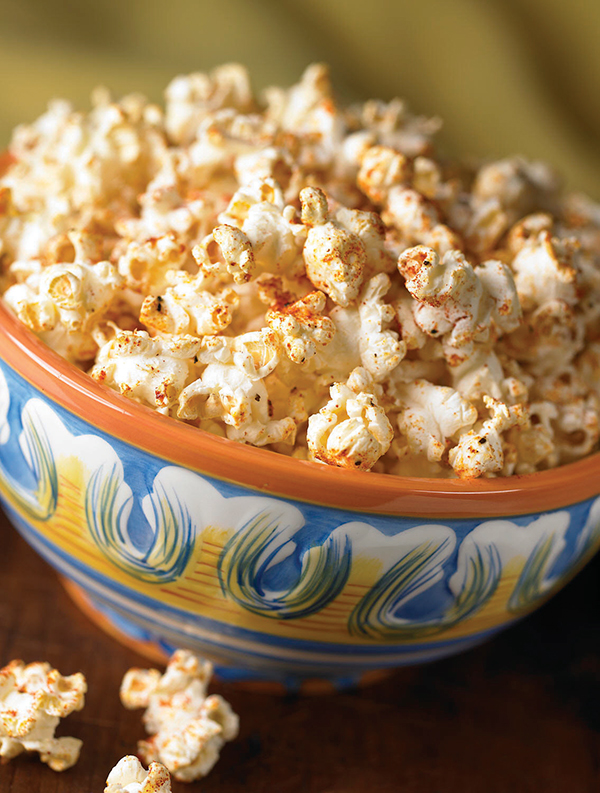4 Tips for a Productive 2021

(Family Features) This year has taught many workers a thing or two about being productive when offices and homes blend into one.
As the calendar turns to 2021, consider these key products and processes to stay productive next year.
Find a system (and stick to it): Creating an organizing system is an easy way to ensure your at-home workspace is ready for optimal productivity. Designate space to house all your work items – a drawer, cabinet or box – and keep work items organized by type (pens, papers, computer gear, etc.) At the end of each day, transitioning to “offline hours” can be easier when you have a place to stow your work items.
Start your day clean: Studies have shown cleanliness has a direct impact on productivity. Yet, many people struggle to find the time and energy to clean, especially at the end of a busy day at home. An option like The DEEBOT T8 from Ecovacs provides a hands-free cleaning experience, complete with the time-saving benefits of an all-in-one robot vacuum and floor mop, along with TrueDetect technology to avoid tangling in small objects. Easily controlled via an app, just set it to clean before bed and wake up to a tidy workspace.
Break up your day: With so many hours at home in front of a computer, workdays can get a little monotonous. Break up the day to make working from home feel as “normal” as possible – shower in the morning, take a walk or drive to coffee then make time for at least two breaks throughout the day. Some people have found success with the Pomodoro Technique, which is breaking your day up into 25-minute chunks of work, with 5-minute rest periods. If you continue to work until you feellike taking a break, odds are you’ll overwork yourself until it’s too late to take the “big break” you had in mind.
Bookend your days with mindfulness: At the beginning and end of each workday, do a 3-5-minute mindfulness meditation. Before signing on to work for the day, allow your mind to fully focus on the day’s tasks at-hand. Signoff by doing another mediation to end the day and let go of any worries or stresses you might have. Incorporating this tactic into your daily routine can help create a natural boundary from work and home while also restoring peace of mind.
Find more solutions to help maintain productivity at ecovacs.com/us/blog/productivity-tips.
Photo courtesy of Getty Images
SOURCE:Ecovacs










